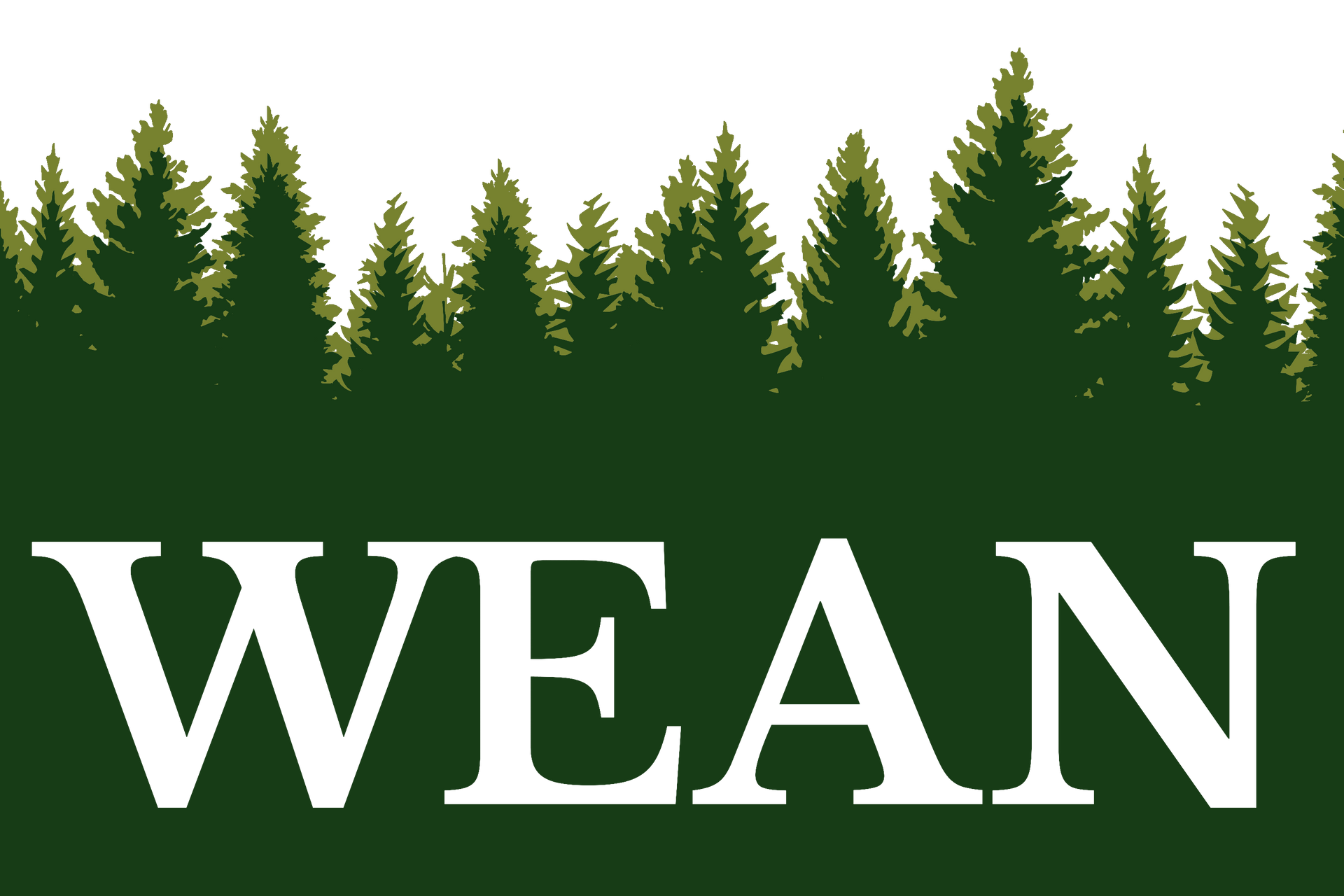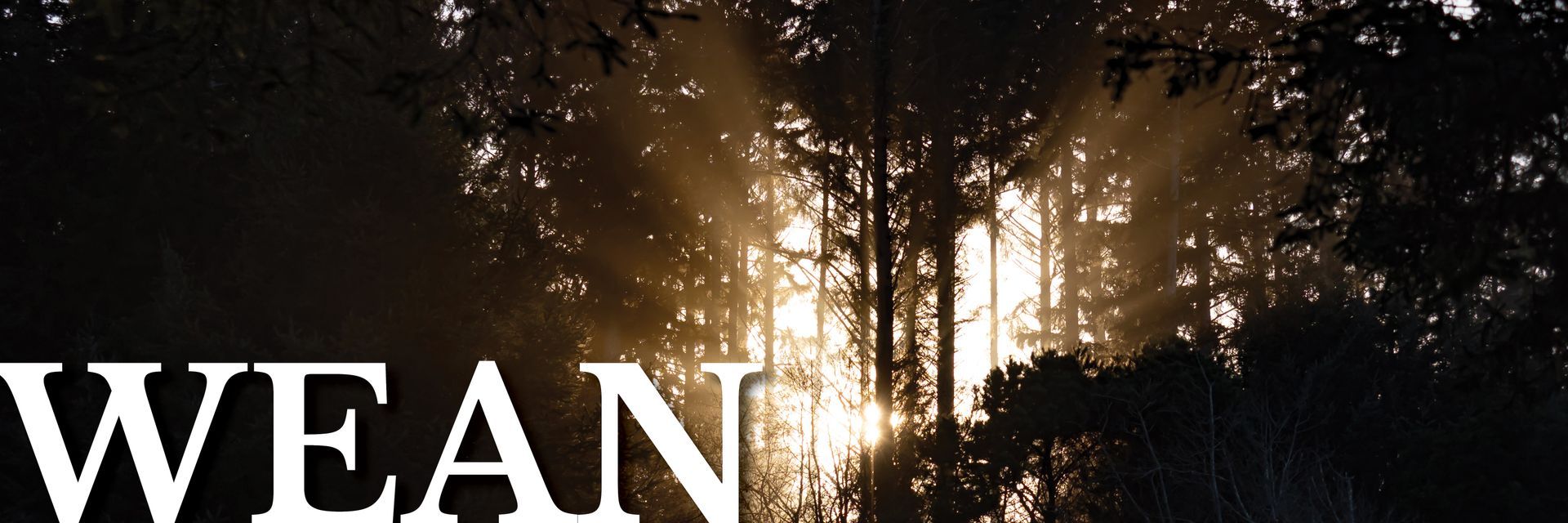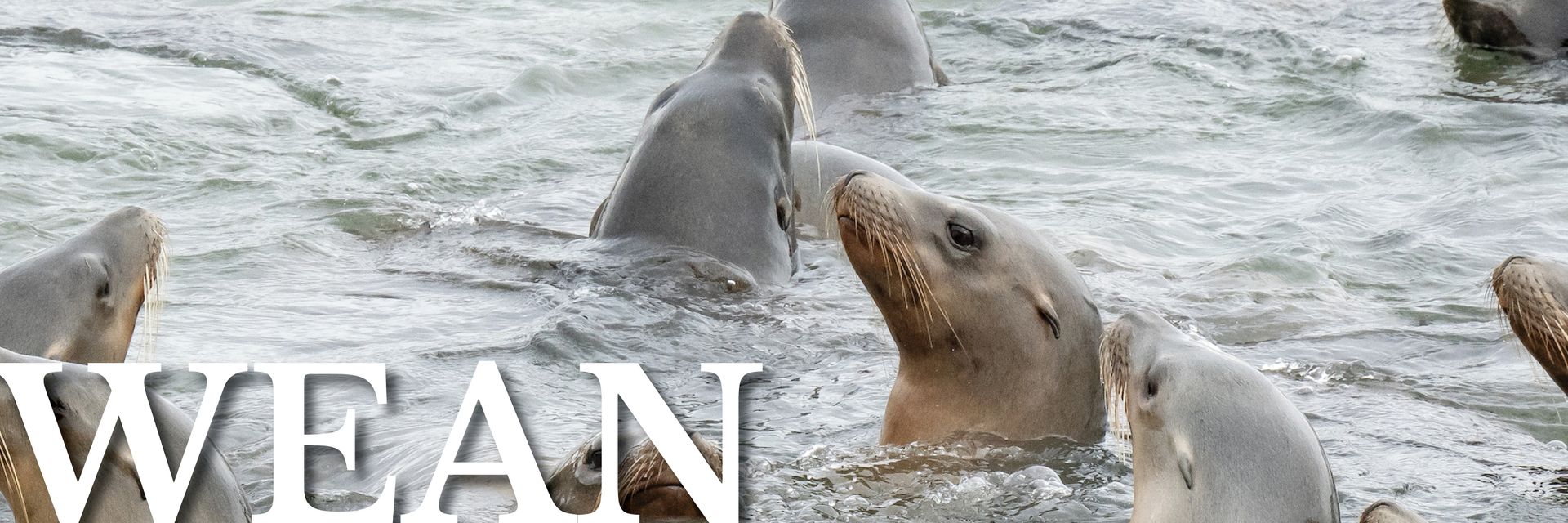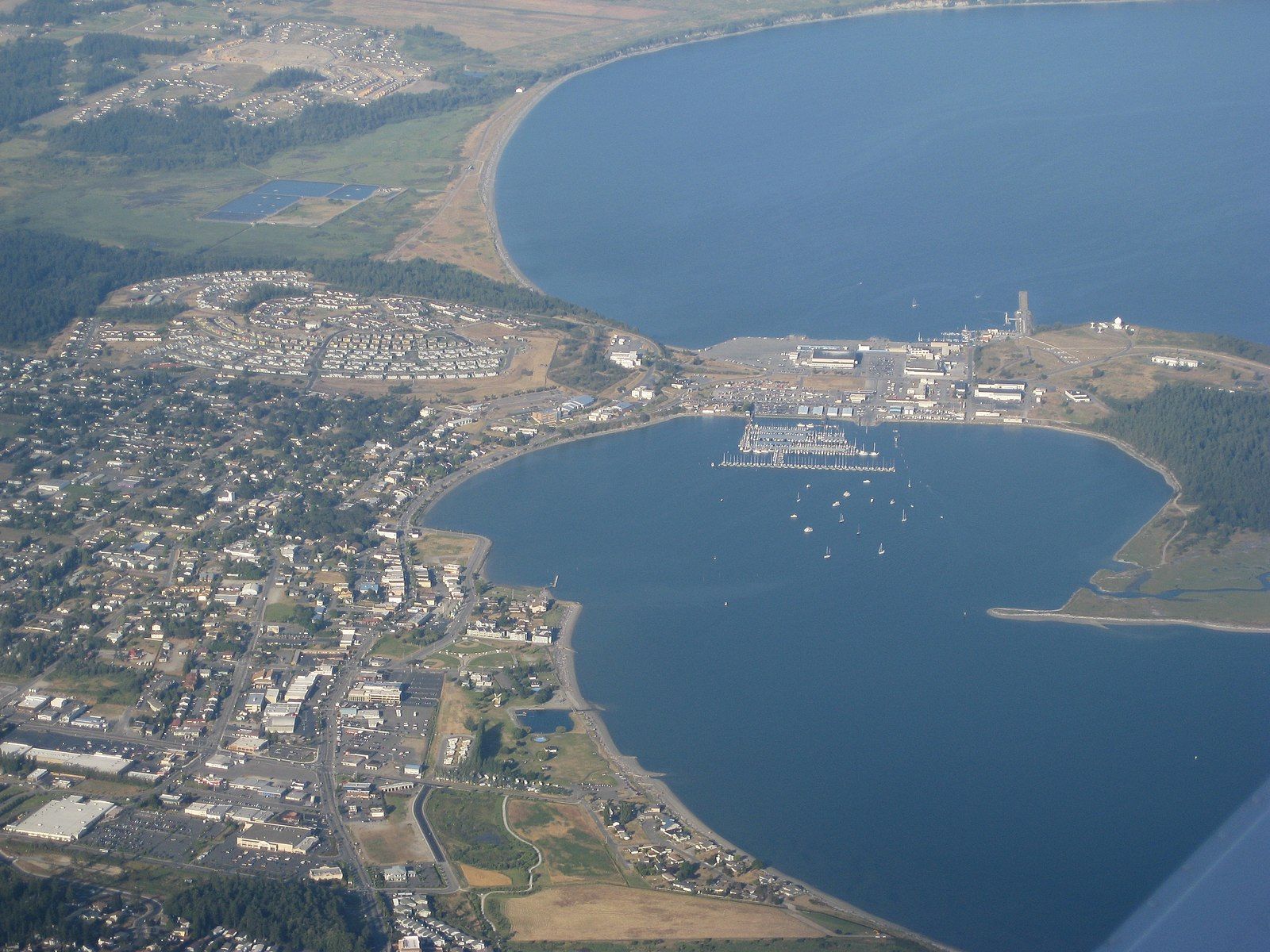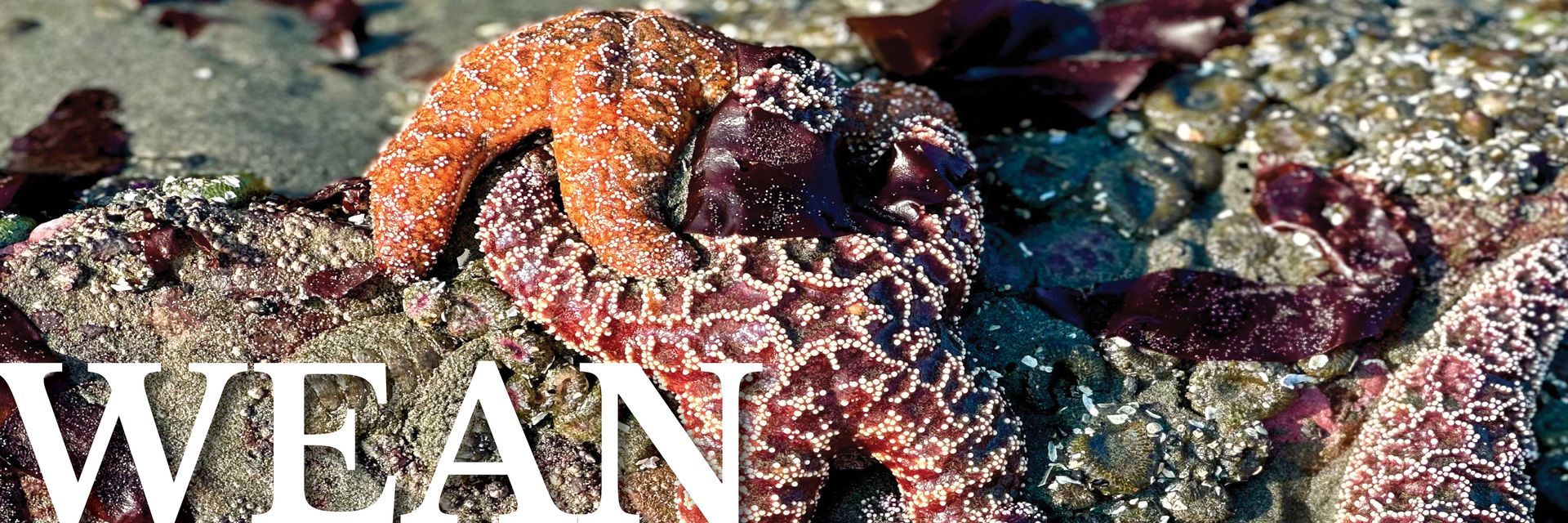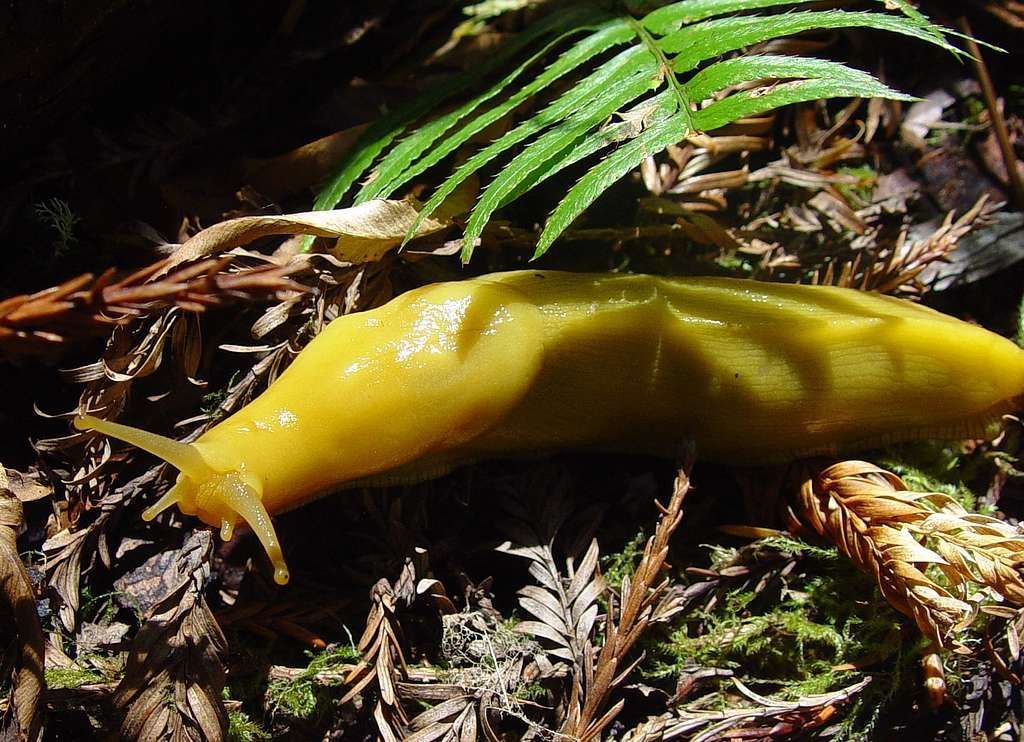Call To Action: Respond To Commissioner St. Clair's Comments
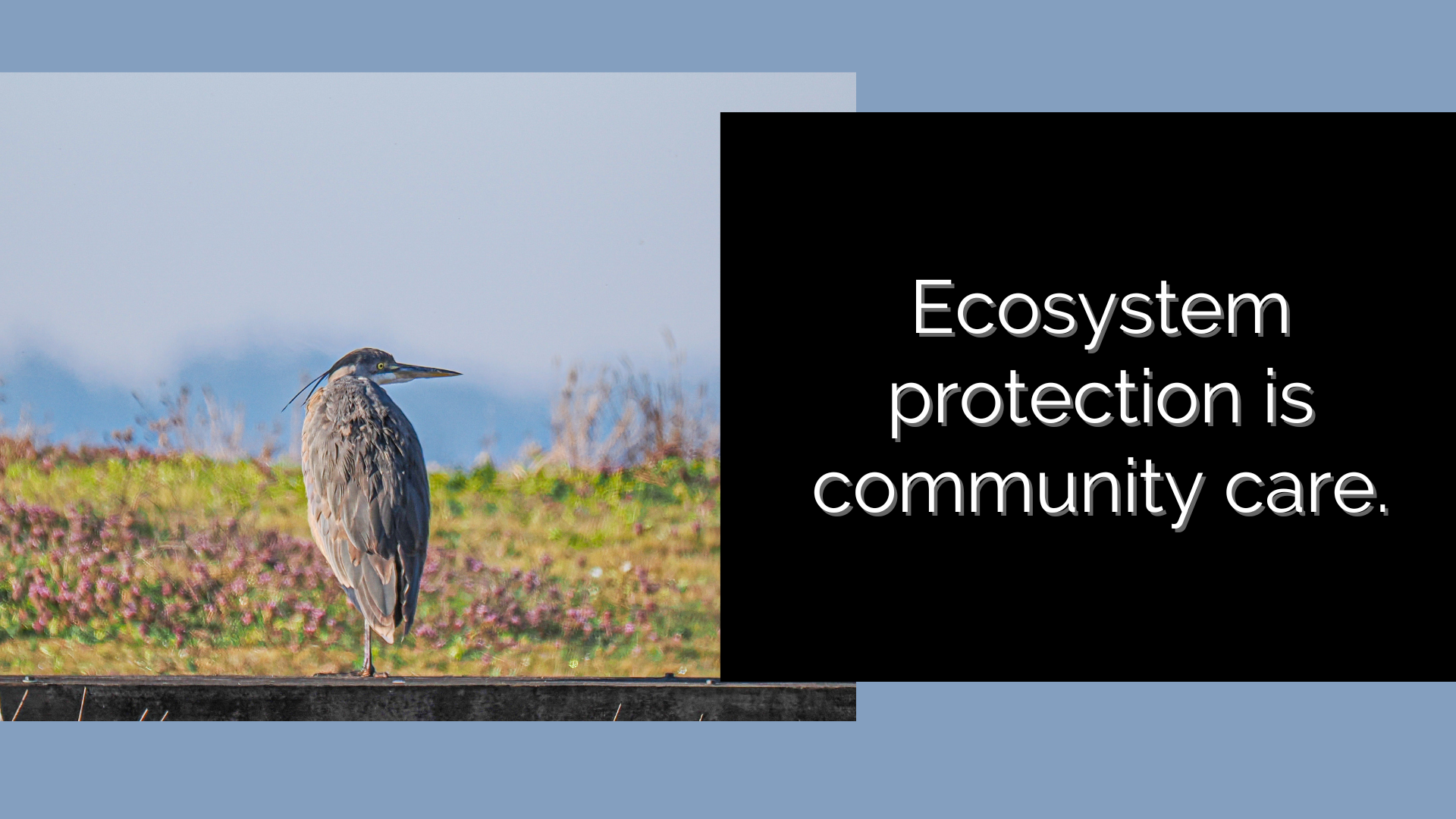
So far, almost 200 community members have participated in the Whidbey Environmental Action Network & Whidbey Climate Action Action Network letter campaign, "Tell Island County Ecosystems Are Resources For Climate Resilience," asking for Island County to consider our ecosystems as "ecosystem and climate resilience resources" in the Natural Resources element of the 2025 Comprehensive Plan Update. Thank you so much to everyone who has participated so far!
If you would like to join the letter writing campaign, you can do so here. We will close this campaign at the close of the public comment period on July 14, 2025.
Island County Commissioner Janet St. Clair responded directly to WEAN regarding this letter writing campaign and has given permission to share her responses with the WEAN community, which include questions directed to WEAN and WCA membership.
We encourage our community to respond directly to any of Commissioner St. Clair's questions or comments with your point of view at district3@islandcountywa.gov. Please also include the Comp Plan public comment email address, compplan@islandcountywa.gov, so the planning department is looped into the conversation.
Please cc engage@whidbeyenvironment.org on your response, so we are aware of your dialogue regarding this campaign.
Below is a transcript of Commissioner St. Clair's responses to the WEAN/WCA letter, as well as Engagement Director Amanda Bullis's responses to the Commissioner.
Commissioner's General Response
From Janet St. Clair
Mon, Jun 30, 10:21 AM
To Amanda Bullis, Layla Tromble
Dear Amanda,
Thank you for sharing your concerns. Ecosystems can be as large as an ocean and as small as a backyard, such as our well-managed backyard habitat program. Ecosystem components range from molecular elements to plant life, from small to large living creatures, including people. As a social worker and as a Board Member for the Puget Sound Partnership Ecosystem Recovery Board where I have served for the last 4-5 years, I share the strong commitment to protecting ecosystems in the Puget Sound region, our state, and more globally and protecting the well-being of people who live here. Unfortunately, your email and the subsequent chain emails we are receiving are less than helpful in their lack of definitional clarity about what you mean be “ecosystem” and recommendations that do not appear to recognize that our Comprehensive Plan must be cohesive with all elements working together. It also fails to struggle with the mandates of housing equity and human well-being. Please see my comments below. I invite you and others to enter into the struggle to align legal GMA mandates, human well-being, and the environmental protections we share.
Janet
Amanda's General Response
From Amanda Bullis
Jul 1, 2025
To Janet St. Clair, Layla Tromble
Dear Janet,
Thank you so much for your thoughtful feedback. I appreciate that you called out the lack of clarity around the definition of “ecosystem” in our letter and appreciate the challenge to define ecosystems in a way that acknowledges the goal of balancing required by the GMA. As you rightly point out, the concept of an ecosystem can be scaled widely from macro to micro, and human beings are members of a variety of ecosystems.
For the purposes of Comprehensive Planning, we are working off the definitions of “ecosystem functions” and “ecosystem values” in the WAC. The Washington Administrative Code (WAC), which provides rules for implementing the GMA, explicitly defines "ecosystem functions" and "ecosystem values” in WAC 365-196-210.
Ecosystem functions are described as "the products, physical and biological conditions, and environmental qualities of an ecosystem that result from interactions among ecosystem processes and ecosystem structures." Examples given include sequestered carbon, attenuated peak streamflows, aquifer water level, reduced pollutant concentrations, cool summer in-stream water temperatures, and fish and wildlife habitats.
Ecosystem values are the "cultural, social, economic, and ecological benefits attributed to ecosystem functions."
The GMA's planning goals also emphasize the importance of ecosystems by aiming to “Protect the environment and enhance the state's high quality of life, including air and water quality, and the availability of water,” “Conserve fish and wildlife habitat," and "retain open space.”
We recognize that these values and functions must be balanced with other goals in the GMA, including public health and affordable housing, as well as the constitutional rights of private property owners. What we are ultimately asking for is for ecosystem functions to be explicitly considered resources for climate resilience in the Comp Plan, and for ecosystem values to be outlined in the plan's goals.
We hope that the County will be willing to engage in a dialogue with community groups and the public at large about how we can create actionable policies for both “ecosystems/ecosystem functioning” and innovative land use zoning, such as “rural clusters.” We would love to see our land use practices work in favor of our most vulnerable residents and our most vulnerable habitats. We don’t claim to have all of the answers, but we would love to participate in a meaningful, open dialogue while the Comp Plan is still under review. WEAN would be happy to co-sponsor both a roundtable with community groups and a Town Hall with the general public on the topics of natural resources and rural clusters.
Below, some responses to your thoughtful comments and questions in purple.
Amanda Bullis
Point-By-Point Responses From Both Parties
Please improve the Natural Resources element to do the following:
1. Treat ecosystem functions as natural resources that provide climate resilience, enabling us to keep pace with modern societal needs and evolving state laws.
St. Clair: Yes. I agree but need to note that if it is defined and codified in state law, we do not include in our comprehensive plan. That redundancy would require a voluminous document that would be difficult for both staff and the public. As Counties are subject to all state laws, it is unnecessary.
Bullis: There seems to be a strategy to remove anything assumed to already be in state law or the code, which, from WEAN's point of view, leaves the Plan vulnerable to litigation in the future. WEAN is very concerned about this overall.
2. Get clear about definitions. For the sake of clarity and consistency, natural lands should not be separate from resource lands. Consider open space, small-scale agriculture, and ecosystems as “natural resources” that require management and protection on par with GMA-designated “resource” lands.
St. Clair: I agree with you and would ask WEAN to enter into the challenges of defining ecosystems in a manner consistent with the intent of Comprehensive Planning which requires all elements to work cohesively to support character, assets and resources, and protect both plant/animal life and human well-being. As human well-being is a critical ecosystem component AND we must meet the housing mandates of GMA, I invite you and your members to offer cogent ideas that balance both.
Bullis: Definitions from the WAC provided above. We would love to workshop definitions in the Natural Resources element with the County and our community to come up with definitions that are consistent with the WAC, the rest of the Comp Plan, and fit the needs of our community.
If we had a roundtable and town hall with the community, the below graphic would be hugely helpful for framing the conversation. Thank you for sharing it.
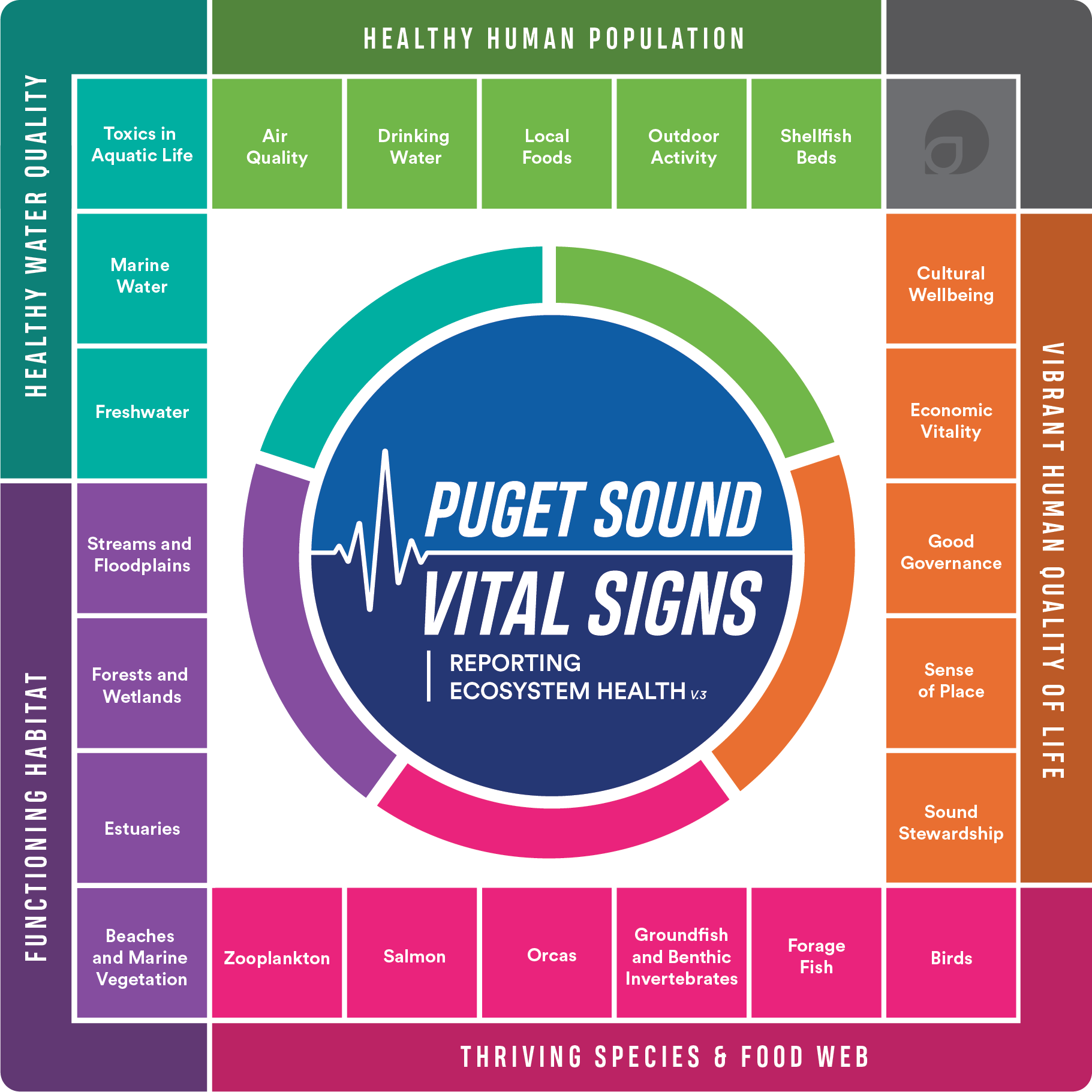
3. Make a clear distinction between “natural resources” to be used as practical tools for climate resilience (forests, wetlands, shorelines, wildlife corridors) and natural resources considered for extractive commercial purposes (mineral lands).
St. Clair: Again, I agree and some of this is defined in state code. Also, recognize that extractive or “consumable” (my word) resources also include agricultural and forest practices. In promoting green energy, I have a question for your membership…What is our responsibility re Island County v. State or global extraction of resources? Do we owe a responsibility for our choices to be protective of our places?
Bullis: Great question. We think that we are treating our resources on a commercial scale in the language of the Comp Plan which is incompatible with the resources that our county has to offer regionally. As far as I understand, we don’t provide timber on a scale that is impactful to the region, but we talk about our forests as if that is their primary purpose. Regionally, we do have forage fish habitat that is vital to the entire food web of Puget Sound and forests that are critical for our aquifer recharge capacity.
We aren’t saying that consumable resources aren’t essential and necessary, or trying to push off the burden of extraction onto other counties. We are saying that Island County isn’t providing consumable resources to the region on a commercial scale, except perhaps in some agricultural situations. As it pertains to agriculture (and forestry), we can ask our commercial consumable community to hold ecosystem functioning as a value.
4. Prioritize the preservation and restoration of natural resources over the extraction of natural resources, to ensure our children have a livable climate future. Include strong goals for this element that prioritize climate resilience and policies that explicitly outline “how” ecosystems, open space, and organic/regenerative agriculture can be preserved and protected on a high level. Emergency preparedness relies on our ability to access these resources as a community, and our long-term community success depends on a livable climate future.
St. Clair: Agree.
Bullis: :)
5. Use language that prioritizes resource protection, conservation, and restoration over extraction.
St. Clair: Again, if Islanders continue as consumers of products such as timber, steel, energy…what is the county’s relationship to those products and their “extraction” elsewhere?
Bullis: See number 3.
6. Include a new category of natural resources called “ecosystem and climate resiliency resources” that prioritizes the protection of the islands’ forests, wetlands, open space, wildlife corridors, forage fish habitat, shorelines, and organic/regenerative agriculture.
Specifically include the following goals in the Natural Resources element:
1. Protect our natural resources to secure a livable climate future now and for future generations.
St. Clair: How? What specific recommendations do you have that are not currently in state or federal law?
Bullis: This is a high-level commitment to figuring out "how." Would love to discuss further.
2. Prioritize the conservation of natural resources for climate resilience purposes (i.e., “ecosystem and climate resilience resource lands”) over extractive commercial purposes.
St. Clair: I agree and I think about this a lot in my role as a Commissioner and on State Boards. How do you and your membership struggle with these concepts?
Bullis: Our membership believes in circular economies and having a reciprocal relationship with the land: if you take something, you have to give back in kind. An issue with commercial extraction is that there isn't any meaningful process or mechanism of giving back in a way that restores natural processes. We see this a lot in forest practices that do not prioritize thinning, do not replant in a meaningful way, convert clear-cuts for development, etc. As a person whose family land is in the DFL program, I think about this a lot. I do not want to be in a position where I'm forced to clear-cut 20 acres of legacy forest.
Re: circular economies and county departments. King County, for example, has a division within its waste management department dedicated to salvaging construction materials for reuse. I think many of our extractive practices could be mitigated by focusing on creating and promoting programs that create a circular economy for resources whenever possible. What materials can we reuse before we start extracting more? Could we have a municipal composting system in Island County?
3. Realize the economic benefits of ecosystem protection for long-term community wellbeing and climate resilience.
St. Clair: Now, how do you reconcile the constitutionally protected rights of property owners and the importance of “making a living” and economic development.
Bullis: We’re asking for the economic benefits of conservation-oriented land use to be acknowledged and for there to be an effort to analyze these economic benefits. We need data in order to understand the impact of our land use policies on the short- and long-term economic wellbeing and livelihoods of constituents, and our hypothesis is that this data will hold up an assumption that ecosystem functions, when protected, are quantifiably valuable.
Specifically include the following policies that treat each of our “ecosystem and climate resiliency” natural resources as vital to our County’s climate resilience strategy:
1. Prioritize forests as an ecosystem resource for carbon sequestration, wildlife habitat, wildfire resilience, stormwater management, and aquifer recharge over commercial timber.
2. Outline how our streams, lakes, and sole source aquifer will be protected as crucial water resources for our climate future.
3. Prioritize the protection of wetlands as a natural resource for groundwater filtration and drainage.
4. Prioritize the preservation of our food system by promoting sustainable, climate-resilient agricultural practices.
5. Prioritize the preservation of open spaces and wildlife corridors for wildfire resilience.
6. Prioritize the preservation and restoration of forage fish and salmon habitats, which are critical to the resiliency of our regional food web.
7. Prioritize the protection, conservation, and restoration of native vegetation, shore habitats, and natural dunes on our shorelines to minimize unsustainable beach erosion and ensure the thriving of marine ecosystems for future generations.
St. Clair: Agree.
Bullis: Let's make it happen!
Please remove the following:
1. “Encourage forestry landowners to retain their lands in timber production” [13.4] and replace with “Protect forest land and encourage participation in conservation tax incentive programs.” Island County has no timberlands of long-term commercial significance. Treating our forests as a timber resource is not the best or highest use of this valuable resource.
St. Clair: No. We can encourage and require sustainable forest practices, but I disagree with this recommendation. You may know my brother was a world-renowned forestry and climate scientist. He would not agree with this recommendation in my opinion and it is violation of personal property rights that will only end in expensive litigation.
Bullis: I'm curious why not? Encouraging people to participate in conservation programs doesn't seem like a violation of property rights from my perspective. We're not saying they *have* to do it. The purpose of this recommendation is to make it easier for people to participate. That said, I would love to hear more from your brother's perspective, what his take is on the topic, and what he might consider as an alternative to this language.
What Are Your Thoughts?
Share your thoughts directly with Commissioner St. Clair and WEAN. Consider the following questions or take off in your own direction:
- From your point of view, how can ecosystems as climate resiliency resources align with legal GMA mandates, human well-being, and the environmental protections in this Comprehensive Planning update?
- How can we define ecosystems (beyond WAC definitions) in a way that aligns with the intention of Comprehensive Planning, with consideration of both critical environmental protections and affordable housing mandates that promote human well-being?
- If Islanders continue as consumers of products such as timber, steel, energy…what is the county’s relationship to those products and their “extraction” elsewhere?
- How do you reconcile the need to prioritize our natural resources for preservation over extraction in our current economy?
Please send your responses directly to Commissioner St. Clair at district3@islandcountywa.gov as well as the Comp Plan comment email at compplan@islandcountywa.gov. Please cc WEAN at engage@whidbeyenvironment.org so we know you've followed up on this issue!
The public comment period for this round of feedback on the Comprehensive Plan ends Monday, July 14 at 5 pm.
